Activities such as hiking, running, and skiing are prone to affect the knees as time passes. A lot of pressure is put on the knees during these activities giving rise to knee pains and injuries.
Many people are put off from venturing into running and hiking in Malaysia to ensure their knees are not hurt in the long run. Some refrain from hiking and running once their knees start hurting. Some do not even try these activities since the word is out there.
In the world of hiking, this problem is termed as Hiker’s Knee or known as patellofemoral pain syndrome. Due to the rocky terrains, uneven trails and steep descends, the knees of hikers are prone to get overused and injured. Worry not! Hiker’s Knee is experienced by many hikers and it is definitely not the end of the world.
There are many effective ways to overcome this problem. It is totally inappropriate to abandon great activities such as hiking and running for a problem that can be overcome.
You probably would have read our suggestions on hiking workouts at home, tips on preparing for your first hike, and tough hiking spots in Malaysia. This article is going to enlighten you on the steps that you can take to greatly reduce knee pains and injuries and have great knees even after long term hiking.
You do not have to abandon the beautiful outdoors anymore. Read on!
-
Use your trekking poles
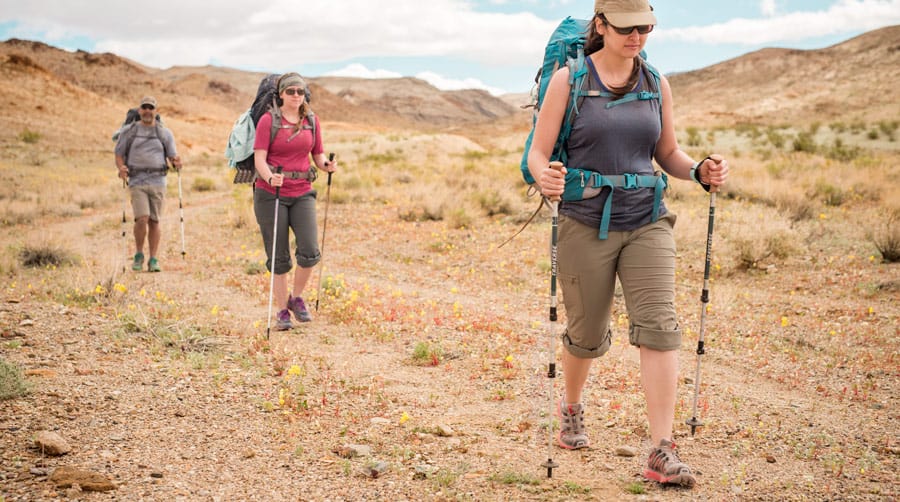
It is a common myth that trekking poles should only be used for big hikes that involve many days and nights. On the contrary, trekking poles should be used even for a short day hike. Trekking poles lessen the force you exert on your body while hiking especially during descend.
The weight of the load will be redistributed on the arms and shoulders instead of being focused on the knees and ankles. Hiking poles will make your knees happy and in the long run reduce Hiker’s Knee.
If you are unused to trekking poles, try using it for short hikes before incorporating it into your longer hikes. Make trekking poles your hiking buddy right away and stay safe from Hiker’s Knee.
-
Strengthen your leg muscles
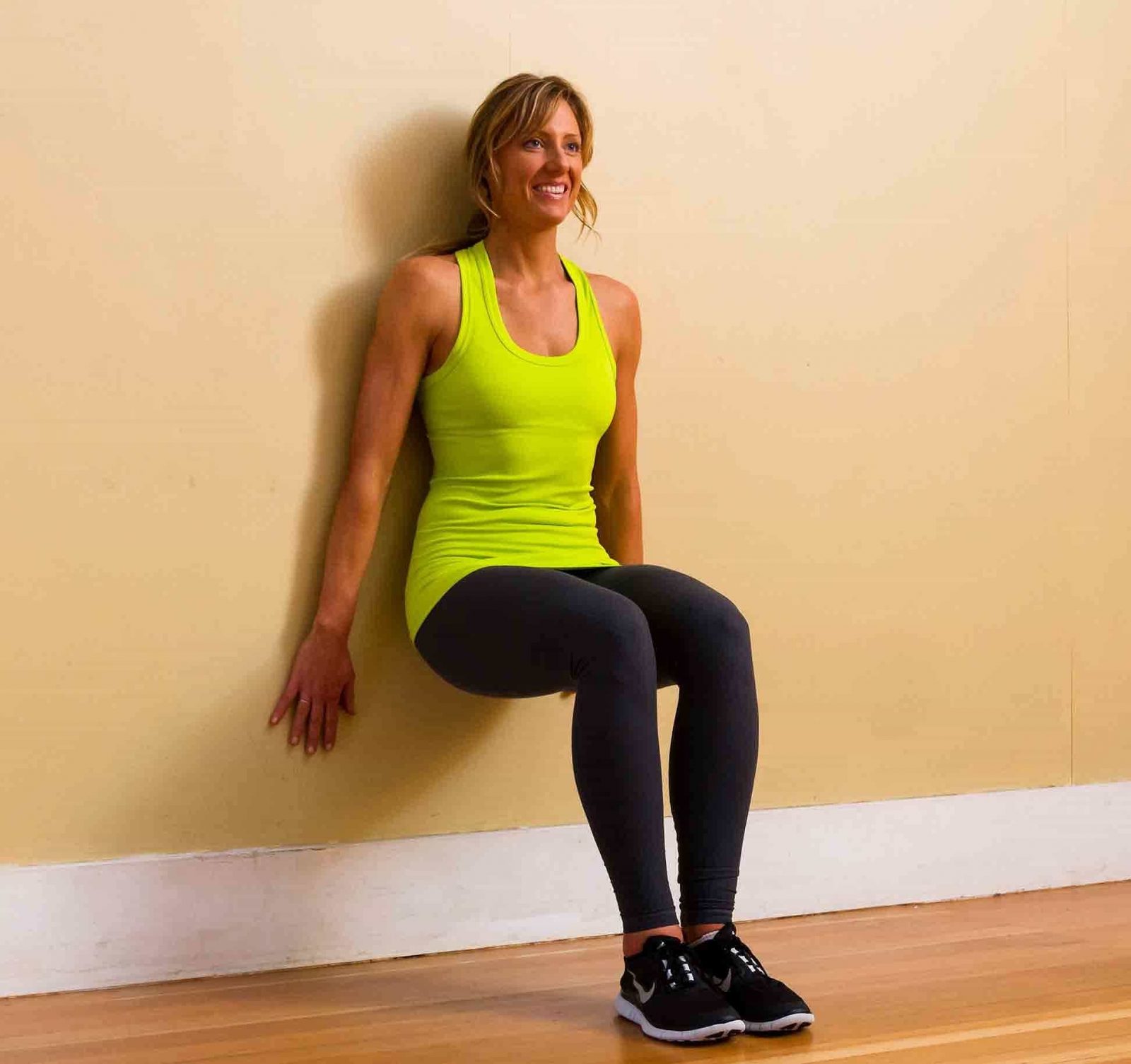
Leg muscles such as hamstrings, quadriceps, glutes and calf muscles stabilize and support the knee joints during strenuous activities. It is of great importance to ensure these muscles are in great shape and strength to prevent the knees from being fatigued.
Incorporate exercises that tone and strengthen your hamstrings, quadriceps, glutes and calf muscles into your workout regimen. Some of the exercises are squats, wall squats, leg extensions, hamstring stretch, calf stretch, iliotibial band stretch, lunges, step-ups, lateral shuffles and jumping.
Besides adding these moves into your workout regimen, you should also cycle regularly. Cycling builds strength and endurance in the quadriceps and hamstrings. This will greatly help you to keep your knees happy for a very long time.
-
Indulge in cross training
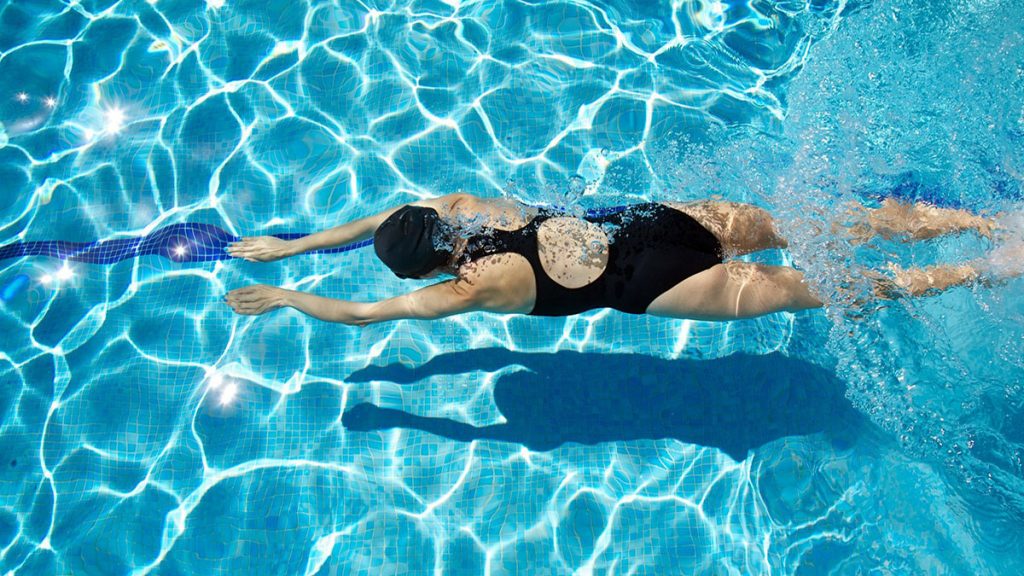
Besides incorporating knee-strengthening moves into your workout regimen, you should also mix up your cardio. Do not focus only on hiking as your cardio activity. Overuse of the knee could speed up your encounter with Hiker’s Knee.
Besides your regular hiking, you should also involve in low impact activities such as swimming and yoga. These activities do not pose major stress on the knees and will provide relief to the knees, besides giving them time to heal after your arduous hikes.
These activities will increase your endurance, agility, and flexibility which will make you a better hiker besides strengthening, stretching, and repairing the knees. So, mix them up and enhance your overall health while waving goodbye to Hiker’s Knee.
-
Provide support to your knees
Knee braces and kinesio tapes are no strangers in the world of athletics. They provide external support which eases the discomforts of the knees. Keep in mind that they are just temporary solutions and should not be relied upon for a long time.
Instead of relying on them every time your knees trouble you, take time to find the cause of your pain and actively seek for solutions. Address your knee problems early on to save your knees from Hiker’s Knee.
-
Take your time
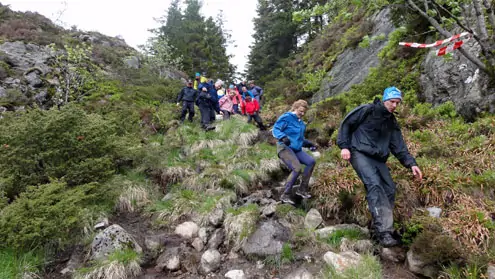
This has been proven the most difficult of all when it comes to hiking. Firstly, take your time to descend. Instead of running down quickly, take your time to mindfully put one foot in front of the other. Unnecessary speed and force will add a lot of stress on your knees leading to pain and injuries.
Secondly, take the necessary time off to give rest to your knees. While hiking is highly addictive, it also poses a lot of stress on your knees. After an arduous hike, take one or two rest days to give time for your knees to heal.
Rest days are as crucial as training days when it comes to sports. They give time for your muscles and joints to heal and work better. Not giving enough time for your knees to heal can result in severe problems that might badly affect your knees in the long run such as arthritis and chronic swelling. So, rest enough to prevent Hiker’s Knee.
-
Stretch those muscles
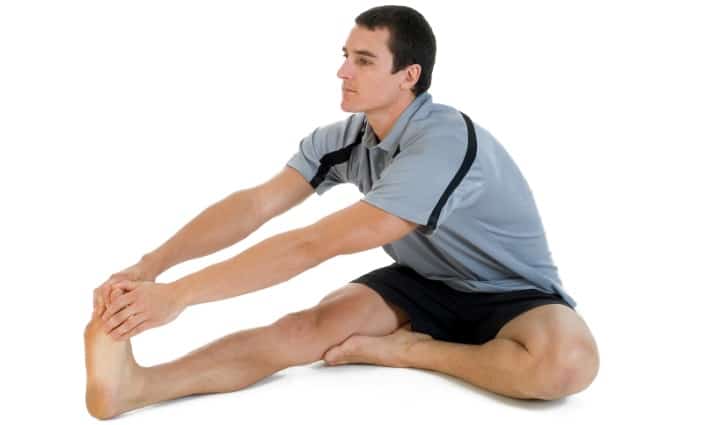
Pre-hike stretch is as important as post-hike stretch. While pre-hike stretch is deemed as must-do, post-hike often goes out of the radar. After a long hike, all you might want to do is to lie down, eat Char Kuew Tiau, drink Milo Ais, or just have a makan session with your hiking buddies.
This act will leave your muscles in contract condition after the hike and will lead to soreness. No matter how tired or hungry you are, spend some time to really stretch your muscles and cool down before heading for that makan session. You will be less sore the next day. In the long run, the Hiker’s Knee will be nowhere to be seen.
See? There are ways to overcome the infamous Hiker’s Knee. All you need to do is to follow the tips above and your knees will be more than fine for a very long time to come.
Off you go for your next grand adventure high up the mountains!


Shop Our Gears
Camp & Hike
TAHAN
COMBO
SLEEP SYSTEM
More tips that you might find useful:
12 Secrets to Getting Cheap Flights in Malaysia
马来西亚露营:户外探险综合指南
Camping in Malaysia: A Comprehensive Guide to Outdoor Adventures
Conquering Mount Kinabalu: A Hiker’s Guide to Malaysia’s Highest Peak
Camp Cooking Gear Guide – Build the Ultimate Camp Kitchen!
Top 5 Most Popular Campsites in Selangor
Ultimate Guide to Tropical Leisure Camping in Malaysia: TAHAN’s Top 5 Gear Picks
The Ultimate Guide to Hammock in Malaysia: Comfort, Adventure, and Relaxation